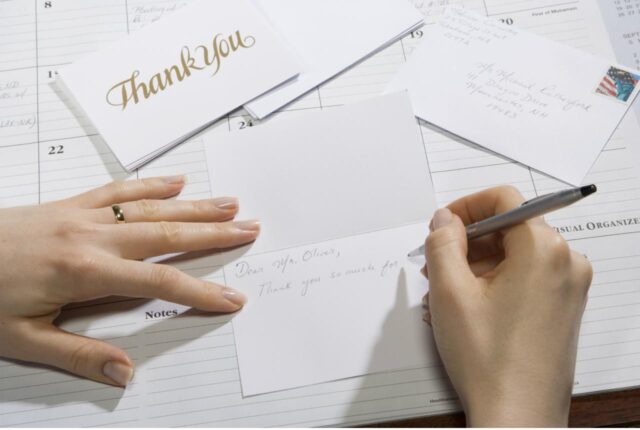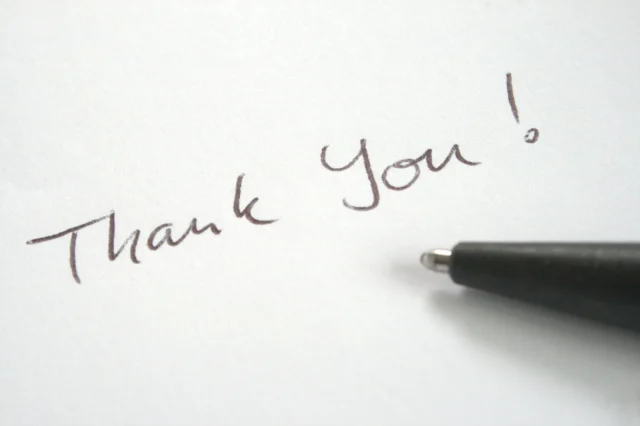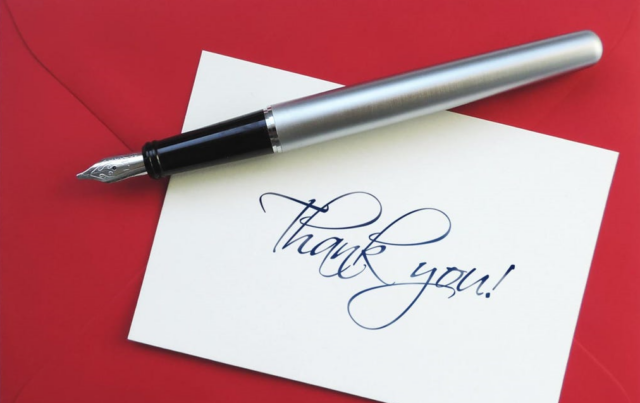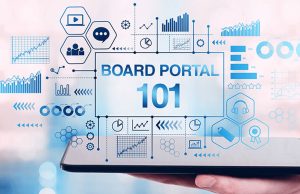
In this age of technology, nonprofit organizations rely heavily on electronic communication to reach their donors and supporters. However, nothing can replace the personal touch of a handwritten thank-you note, card, or letter. Nonprofit direct mail campaigns can have a significant impact on donor retention and engagement, and a personalized thank-you note can make all the difference.
In this article, we will explore why a handwritten thank-you note is always appreciated more than an email and how nonprofits can use this powerful tool to strengthen their relationships with their supporters.
The Power of a Personalized Thank-You Note

A handwritten thank-you note is a powerful tool for expressing gratitude and building relationships with donors. It shows that the nonprofit takes the time to appreciate and acknowledge the donor’s contribution, no matter how small. A personalized thank-you note is a tangible reminder of the donor’s impact on the organization and the cause it supports. It can make the donor feel valued and appreciated, which can lead to increased loyalty and support.
In contrast, an email thank-you message can come across as impersonal and automated. It may be seen as just another form of marketing or solicitation, which can diminish the donor’s sense of connection to the organization. An email message can easily get lost in the donor’s inbox or be overlooked in the deluge of messages that they receive daily. A handwritten thank-you note, on the other hand, is more likely to stand out and be remembered.
Personalization is Key
The key to making a handwritten thank-you note effective is personalization. A generic thank-you message will not have the same impact as a personalized note that acknowledges the donor’s specific contribution and expresses genuine gratitude. Nonprofits should take the time to customize their thank-you notes to reflect the donor’s interests, values, and motivations for giving. This can involve researching the donor’s giving history, reading their donor profile or notes, or asking them directly about their reasons for supporting the organization.
A personalized thank-you note can also include specific details about how the donor’s contribution will be used to further the organization’s mission. For example, if the donor’s gift will support a particular program or project, the note can explain how this will make a difference and why it is important. This can help the donor feel more connected to the organization’s work and see the impact of their giving.
Timing is Everything

Timing is another important factor to consider when sending a thank-you note. Nonprofits should aim to send their thank-you notes as soon as possible after receiving a donation. This shows that the organization values the donor’s support and is grateful for their contribution. It also helps to reinforce the connection between the donor and the organization, making them more likely to give again in the future.
However, nonprofits should also be mindful of how often they send thank-you notes. Bombarding donors with too many thank-you messages can have the opposite effect and make them feel overwhelmed or unappreciated. A well-timed and thoughtful thank-you note can be more effective than multiple messages that feel like spam.
Making Thank-You Notes a Part of Your Nonprofit’s Culture

To make the most of the power of handwritten thank-you notes, nonprofits should make it a part of their culture. This can involve training staff and volunteers on how to write effective thank-you notes, developing templates and guidelines for personalized messages, and setting goals for the number of thank-you notes that should be sent each week or month. Nonprofits can also use technology to streamline the process of sending thank-you notes, such as using donor management software that allows for customized messaging and automatic reminders.
In addition to thanking donors for their contributions, nonprofits can also use handwritten thank-you notes to acknowledge other forms of support and engagement, such as volunteering, attending events, or sharing the organization’s message on social media. This can help to foster a sense of community and appreciation among supporters, and encourage them to continue to engage with the organization in meaningful ways.
Nonprofits can also use thank-you notes as an opportunity to gather feedback from donors and supporters. Asking for feedback on the organization’s programs, events, or communication can help to build trust and demonstrate that the organization values the opinions and experiences of its supporters. This feedback can also be used to improve the organization’s operations and better meet the needs of its constituents.

Handwritten thank-you notes are a powerful tool for nonprofits to express gratitude, build relationships with donors and supporters, and strengthen their impact on the community. Personalization, timing, and frequency are important factors to consider when sending thank-you notes, and nonprofits should make it a part of their culture to ensure that they
are sending effective and meaningful messages.
By using thank-you notes as a way to foster community, gather feedback, and show appreciation, nonprofits can create a lasting impact on their donors and supporters and make a positive difference in the world.
In addition to the benefits of a handwritten thank-you note, nonprofits can also use this approach to stand out in an increasingly digital world. With the rise of online giving and social media activism, it can be easy for organizations to get lost in the noise. However, a personalized note can help to cut through the clutter and create a memorable experience for the donor.

Moreover, handwritten notes can help to build a stronger sense of trust and authenticity with donors. In an era where skepticism of organizations is widespread, a handwritten note can demonstrate that the organization is sincere in its gratitude and committed to building genuine relationships with its supporters.
Finally, it is worth noting that the benefits of a handwritten thank-you note are not limited to the nonprofit sector. In fact, this approach can be effective in a wide range of settings, from business to personal relationships. The key is to be sincere, personal, and timely in your messages, and to use them as an opportunity to connect with others in a meaningful way.
In conclusion, the art of gratitude is a powerful tool for nonprofits to express appreciation and build meaningful relationships with their donors and supporters. A handwritten thank-you note is a tangible way to demonstrate that gratitude and to make a lasting impact on the people who support your organization. By making thank-you notes a part of your nonprofit’s culture and using them strategically, you can create a strong sense of community, foster trust and authenticity, and ultimately make a positive difference in the world.
While handwritten thank-you notes require more effort and resources compared to an email or a printed letter, they can make a huge impact on the relationship between the nonprofit and the donor. In fact, a study conducted by the Penelope Burk Donor-Centered Fundraising showed that donors who received a handwritten thank-you note gave 38% more the following year compared to those who received no note.

Nonprofit direct mail campaigns can also benefit from handwritten notes. Instead of a printed thank-you letter, adding a handwritten note to a direct mail piece can make the message feel more personal and genuine, increasing the likelihood of the recipient making a donation.
It is important to note that while a handwritten thank-you note is an effective tool, it should not be the only form of communication between the nonprofit and the donor. A balance between personal, handwritten notes and other forms of communication such as email, social media, and newsletters can help to create a well-rounded communication strategy that engages donors and keeps them informed about the organization’s work.
In summary, a handwritten thank-you note is a powerful and effective tool that can help nonprofits to express gratitude, build relationships, and increase donations. Nonprofits should consider incorporating this approach into their communication strategy and make it a part of their culture to demonstrate appreciation to their supporters. The impact of a handwritten thank-you note can go beyond the donation and can create a long-lasting, meaningful relationship between the nonprofit and the donor.
Conclusion

In conclusion, the use of handwritten thank-you notes, cards, and letters by nonprofits is a powerful and effective way to demonstrate gratitude, build relationships, and increase donations. While technology has made communication easier and more efficient, the personal touch of a handwritten note can create a lasting impact on the donor and foster a strong sense of community between the nonprofit and its supporters.
Nonprofits should prioritize sending personalized and timely thank-you notes as a way to show appreciation and strengthen relationships with their donors. By doing so, they can not only increase donations but also create a loyal donor base that feels connected to the organization’s mission and impact.
In today’s digital age, a handwritten note can make a significant difference in a nonprofit’s communication strategy and help to stand out in a crowded field of organizations vying for attention and support.








